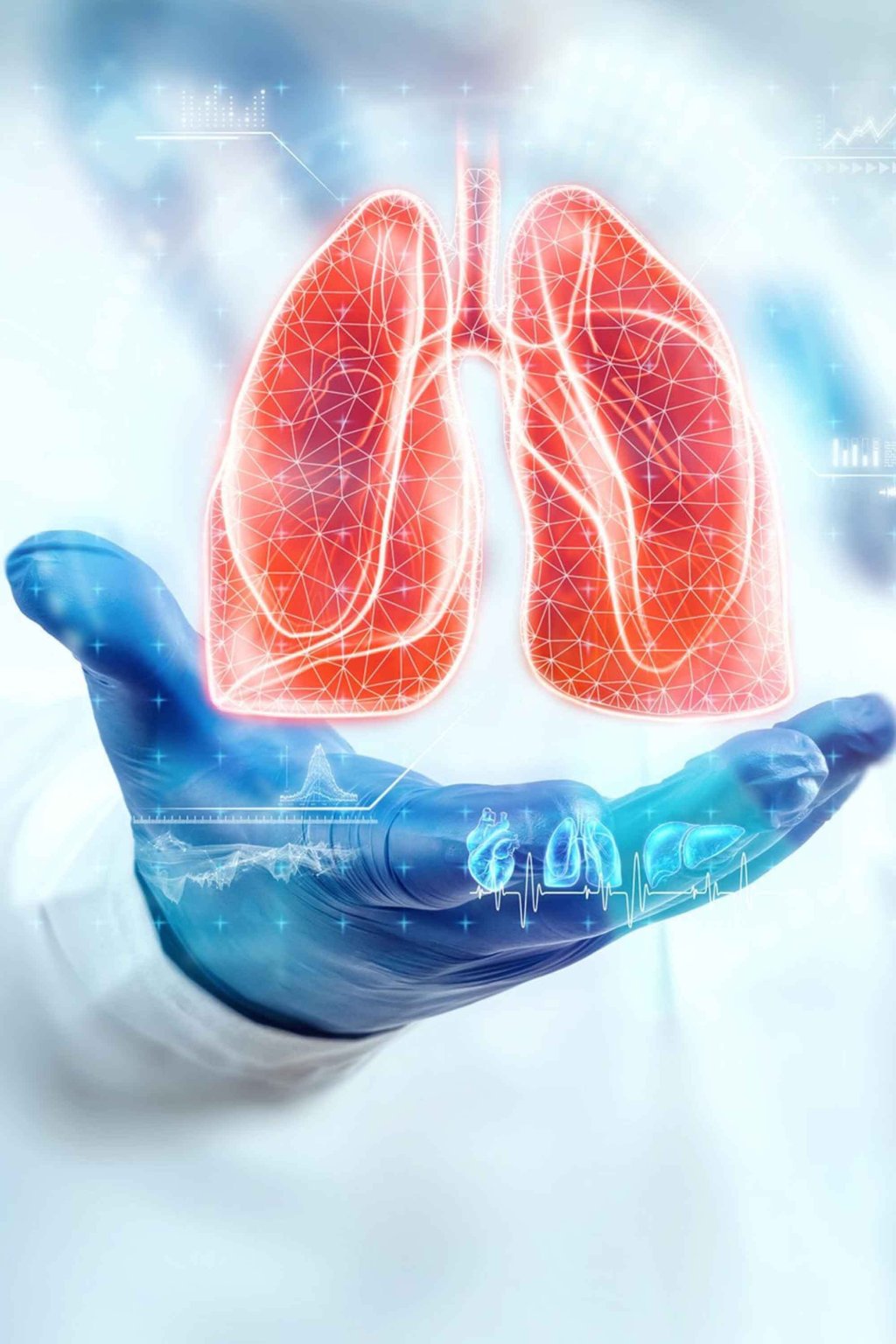Respiratory Medicine: Pulmonology
Pulmonology covers a broad spectrum of diseases affecting the lungs and respiratory tract. Common symptoms of these diseases include cough, shortness of breath, and wheezing. Pulmonologists diagnose and treat these conditions using methods such as pulmonary function tests and bronchoscopy. Continue reading to learn more about the symptoms and treatments for respiratory diseases.
Definition of Pulmonary Diseases
Pulmonary diseases encompass conditions affecting the lungs and airways. These diseases can impair respiratory functions and lead to serious health problems. Pulmonary disorders, including bronchitis, COPD, and tuberculosis, fall into this category.
Common Pulmonary Diseases
The most common pulmonary diseases include:
Bronchitis: Inflammation of the bronchi, characterized by cough and phlegm production.
COPD: Chronic Obstructive Pulmonary Disease involves long-term respiratory issues leading to shortness of breath.
Asthma: Characterized by narrowing of the airways, causing shortness of breath, wheezing, and coughing.
Tuberculosis: An infectious disease caused by Mycobacterium tuberculosis, requiring long-term treatment.
Causes of Pulmonary Diseases
The causes of pulmonary diseases vary and are often related to infections, genetic factors, environmental factors, and lifestyle choices. Major causes include:
Smoking
Air pollution
Allergens
Genetic predisposition
Who is a Pulmonologist?
A pulmonologist is a doctor specialized in diagnosing and treating lung and respiratory tract diseases. Also known as a respiratory specialist or thoracic surgeon, their main duties include:
Diagnosis: Utilizing pulmonary function tests, bronchoscopy, and imaging techniques to accurately diagnose diseases.
Treatment: Developing and implementing appropriate treatment plans based on the patient's condition.
Patient Monitoring: Regularly monitoring the patient's progress and treatment response.
Respiratory Therapy: Administering respiratory therapy to improve the patient's lung function when necessary.
When Should You See a Pulmonologist?
It is advisable to see a pulmonologist if you experience any of the following symptoms:
Prolonged cough
Shortness of breath
Chest pain
Wheezing
Phlegm-producing cough
High fever and fatigue
Symptoms of Pulmonary Diseases
The most common symptoms of pulmonary diseases include:
Cough: Can be acute or chronic, and may be dry or productive.
Shortness of Breath: Often occurs during physical activity and can interfere with daily life.
Wheezing: A whistling sound heard during breathing.
Chest Pain: Can be felt during breathing or at rest.
Fever and Fatigue: Often associated with infections.
Assessing the Severity of Symptoms
The severity of pulmonary disease symptoms can range from mild to severe. Mild symptoms may not significantly impact daily life, while severe symptoms may require urgent medical attention. Seek immediate medical help if you experience:
Sudden and severe shortness of breath
Increasing chest pain
Blood in phlegm
Persistent high fever
Loss of consciousness or dizziness
Pulmonary Diseases and the Heart
Pulmonary diseases can also affect heart health. Cardiopulmonary diseases, such as pulmonary hypertension, COPD, and heart failure, impact both the heart and lungs. Understanding the relationship between heart and pulmonary diseases is crucial as they can influence each other's functions.
Cardiopulmonary Disorders
Cardiopulmonary disorders encompass diseases affecting both the heart and lungs. These include pulmonary hypertension, COPD, and heart failure. The relationship between heart and pulmonary diseases is complex, as lung diseases can cause the heart to work harder, and heart diseases can adversely affect lung function.
Do Pulmonary Diseases Affect the Breast?
Pulmonary diseases primarily affect the lungs and respiratory tract and do not directly impact breast health. However, there can be some connections between breast and pulmonary diseases.
Pulmonary Diseases and Cough
Cough is one of the most common symptoms of pulmonary diseases, and it can manifest in different forms:
Chronic Cough: Lasts more than three weeks and often indicates an underlying health issue.
Productive Cough: Produces phlegm.
Dry Cough: Does not produce phlegm, often ticklish in nature.
Persistent Cough: Continues for a long period and can be quite distressing.
Chronic vs. Acute Cough
Chronic cough lasts more than three weeks and typically signals an underlying health problem, while acute cough is short-term, usually associated with a cold or infection. Treatment for cough depends on its cause. Chronic cough often resolves with treatment of the underlying disease, while productive coughs may require expectorants, and dry coughs may need cough suppressants.
Procedures Performed by Pulmonologists
Pulmonologists use various methods to diagnose diseases:
Pulmonary Function Tests: Assess lung capacity and function using tests like spirometry.
Bronchoscopy: Involves examining the inside of the lungs and bronchi with a thin tube.
Imaging Techniques: Use X-rays, CT scans, and MRIs to visualize lung structures.
FAQs
Do Pulmonologists Examine the Heart?
Pulmonologists do not directly examine heart health, but they evaluate cardiopulmonary conditions that affect both the heart and lungs.
What Does a Pulmonologist Do?
A pulmonologist specializes in diagnosing and treating lung and respiratory diseases. They perform pulmonary function tests, bronchoscopy, and other diagnostic methods to identify diseases and create treatment plans.
Is There a Connection Between Pulmonary and Breast Diseases?
Pulmonary and breast diseases are usually examined separately. However, some chest pain and symptoms can be mistaken for breast diseases. Therefore, consulting both specialists may be necessary if symptoms overlap.
When Can Cough Indicate a Serious Condition?
A persistent cough, blood in phlegm, or cough accompanied by shortness of breath may indicate a serious condition and should be evaluated by a specialist immediately.

